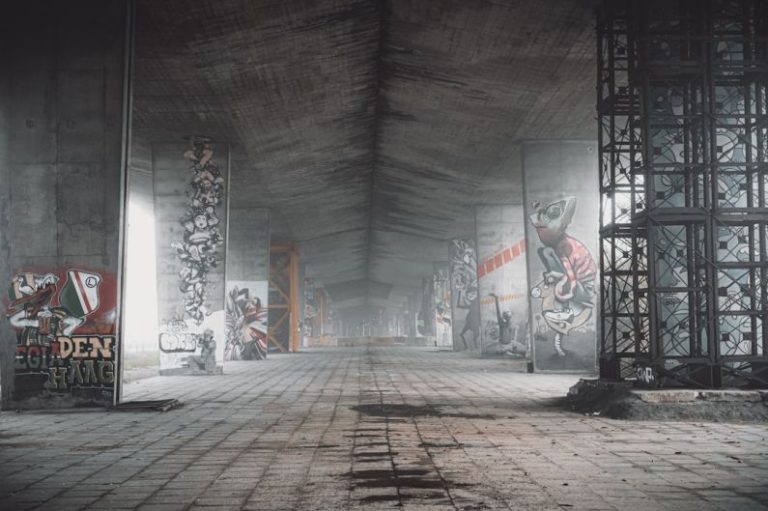What Are the Historic Theaters to Visit in Brazil?

Brazil, with its rich cultural heritage and vibrant arts scene, is home to several historic theaters that have played a significant role in the country’s entertainment history. These theaters not only showcase impressive architectural designs but also host a variety of performances, ranging from plays and musicals to concerts and dance shows. For those interested in exploring Brazil’s cultural landscape, visiting these historic theaters is a must. Let’s take a closer look at some of the most iconic theaters to visit in Brazil.
Theatro Municipal, Rio de Janeiro
Located in the heart of Rio de Janeiro, Theatro Municipal is one of Brazil’s most prestigious theaters. Built in the early 20th century, this majestic theater is a prime example of neoclassical architecture, featuring ornate decorations, marble columns, and a stunning crystal chandelier. The theater has hosted performances by renowned artists and companies, making it a cultural hub in Rio de Janeiro. Visitors can attend opera, ballet, and classical music concerts at Theatro Municipal, immersing themselves in the grandeur of Brazil’s performing arts scene.
Teatro Amazonas, Manaus
Nestled in the heart of the Amazon rainforest, Teatro Amazonas is a true gem of Brazilian architecture. Built during the rubber boom in the late 19th century, this opulent theater showcases a unique blend of Renaissance and Baroque styles, with a vibrant dome painted in the colors of the Brazilian flag. Teatro Amazonas is renowned for its annual opera festival, attracting international artists and opera enthusiasts from around the world. Visitors can take guided tours of the theater to learn about its history and architectural splendor, making it a must-visit destination in Manaus.
Teatro São Pedro, Porto Alegre
Teatro São Pedro, located in Porto Alegre, is one of the oldest theaters in Brazil, dating back to the mid-19th century. This charming theater exudes a neoclassical charm, with its elegant facade and intimate auditorium. Teatro São Pedro is known for its diverse programming, including theater productions, concerts, and dance performances. The theater also hosts the Porto Alegre Symphony Orchestra, showcasing the talents of local musicians and composers. Visitors can experience the cultural richness of Porto Alegre by attending a performance at Teatro São Pedro, immersing themselves in the city’s artistic heritage.
Teatro José de Alencar, Fortaleza
Named after the renowned Brazilian writer José de Alencar, Teatro José de Alencar is a cultural landmark in Fortaleza. This historic theater, built in the late 19th century, features a striking Art Nouveau facade and a lush garden courtyard. Teatro José de Alencar hosts a variety of cultural events, including theater productions, film screenings, and art exhibitions. Visitors can explore the theater’s ornate interiors and learn about its historical significance, making it a must-see attraction in Fortaleza.
Teatro Municipal, São Paulo
Teatro Municipal in São Paulo is a grand architectural masterpiece that stands as a symbol of the city’s cultural richness. Built in the early 20th century, this theater boasts a stunning facade adorned with sculptures and intricate details. Teatro Municipal is home to the São Paulo Municipal Symphony Orchestra, showcasing classical music performances of the highest caliber. Visitors can attend opera, ballet, and theater productions at Teatro Municipal, experiencing the cultural vibrancy of São Paulo in a truly majestic setting.
In Conclusion
Brazil’s historic theaters offer a glimpse into the country’s rich cultural heritage, showcasing impressive architectural designs and hosting a diverse range of performances. From the grandeur of Theatro Municipal in Rio de Janeiro to the opulence of Teatro Amazonas in Manaus, these theaters are cultural landmarks that reflect Brazil’s artistic legacy. Whether you’re a theater enthusiast or simply curious about Brazil’s cultural landscape, visiting these historic theaters is a rewarding experience that will immerse you in the country’s vibrant arts scene.




